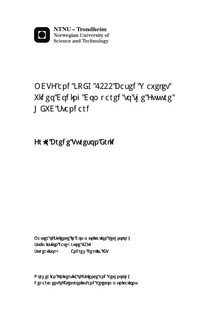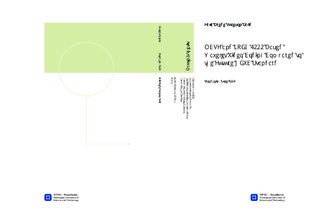| dc.description.abstract | Video and multimedia content has over the years become an important part of our everyday life. At the same time, the technology available to consumers has become more and more advanced. These technologies, such as streaming services and advanced displays, has enabled us to watch video content on a large variety of devices, from small, battery powered mobile phones to large TV-sets.Streaming of video over the Internet is a technology that is getting increasingly popular. As bandwidth is a limited resource, efficient compression techniques are clearly needed. The wide variety of devices capable of streaming and displaying video suggest a need for scalable video coders, as different devices might support different sets of resolutions and frame rates.As a response to the demands for efficient coding standards, VCEG and MPEG are jointly developing an emerging video compression standard called High Efficiency Video Coding (HEVC). The goal for this standard is to improve the coding efficiency as compared to H.264, without affecting image quality. A scalable video coding extension to HEVC is also planned to be developed.HEVC is based on the classic hybrid coding approach. This however, is not the only way to compress video, and attention is given to wavelet coders in the literature. JPEG 2000 is a wavelet image coder that offers spatial and quality scalability. Combining JPEG 2000 with Motion Compensated Temporal Filtering (MCTF) gives a wavelet video coder which offers both temporal, spatial and quality scalability, without the need for complex extensions.In this thesis, a wavelet video coder based on the combination of MCTF and JPEG 2000 was implemented. This coder was compared to HEVC by performing objective and subjective assessments, with the use case being streaming of video with a typical consumer broadband connection. The objective assessment showed that HEVC was the superior system in terms of both PSNR and SSIM. The subjective assessment revealed that observers preferred the distortion produced by HEVC over the proposed system. However, the results also indicated that improvements to the proposed system can be made that could possibly enhance the objective and subjective quality. In addition, indications were also found that suggest that a use case operating with higher bit rates is more suitable for the proposed system. | nb_NO |

